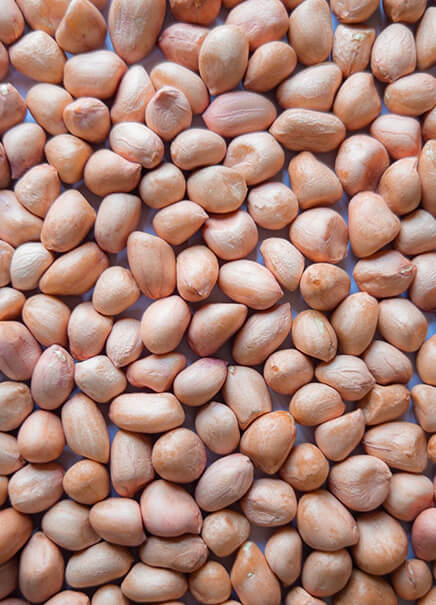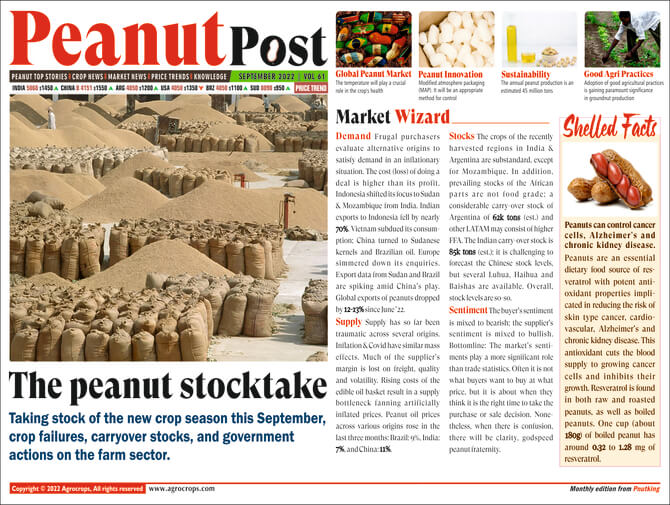


Spread around the world by the Spanish. Propagated on the Indonesian island of Java. The Spanish or Java raw peanut is even known to some as the “Manila nut” due to intensive local farming there in the 18th century.
This world-famous variety of raw peanut is loved all around the globe, and comes in many subspecies: the shortest with a cropping cycle of just 90 days, the longest with a 130-day cycle from sowing to harvesting.
Java groundnuts are especially popular in Southeast Asian markets for their premium qualities. They are spherical in shape, and have a high level of flavour-enhancing Methylpyrazine. With a similarly high sugar content, they’re also the best ingredient for making quality natural peanut butter. Manufacturers can even make use of split peanuts for birds, processing them into sustainable and nutritious birdfeed.
Java Raw Peanuts come in several subspecies, including
● Baisha
● TJ 37
● JL (Java long)
● K6 & Tag
● Western 44 & G7
Product | Java Peanuts (Spanish) |
HS Code | 12024210 |
Count | 40-50, 50-60, 60-70, 70-80, 80-90,90-100,100-110,140-160 |
Packing | 20/25/50 Kg HDPE/ PP/ Vacuum/ Jute Bags |
Loading | 18 MT (20 Ft), 26 MT (40 Ft) |
Aroma | Sweet, Creamy and Nutty |
Color | Round Pinkish White Skin |
Origin | India |
Nutritional facts | 3.81% more protein, 11.76% more dietary fibre, 7.83% more potassium, 1.27% more food energy (kJ), 19.1% more calcium, 1.53x more iron, 9.94% more magnesium, 2.11% more phosphorus than runner variety per 100g. |
Key takeaways | Spanish had the higher phytosterols contents which help to inhibit cancer growth and protection against heart disease. Java variety better in reducing blood cholesterol level than bold variety. Java has higher pyrazine and polyphenol content than Bold which gives intense aroma and good anti-oxidant activity. |
Find Your Peanut
We source raw peanuts from all of the best growing regions in the world. Helping you find a specification and supply that works for you.
Why Choose Java Raw Groundnuts?
Java peanuts have a low infestation and aflatoxin risk, and a low FFA and peroxide value.
Raw peanuts of this variety are high in pyrazine, flavour, aroma, and sugar, and are grown throughout the year.
With a longer shelf life than that of other nuts, Java groundnuts are also crunchier in texture and better for your heart than Runner or other varieties of raw peanuts. Whether as split peanuts for birds or in confectionery, Java groundnuts are a superior choice.
Java groundnuts are well suited for premium products such as peanut butter, paste, coated snacks, toppings, and confectionery.

Published on 01/09/2022 in Peanut Post
Frugal purchasers evaluate alternative origins to satisfy demand in an inflationary situation. The cost (loss) of doing a deal is higher than its profit. Indonesia shifted its demand to Sudan & Mozambique from India.
